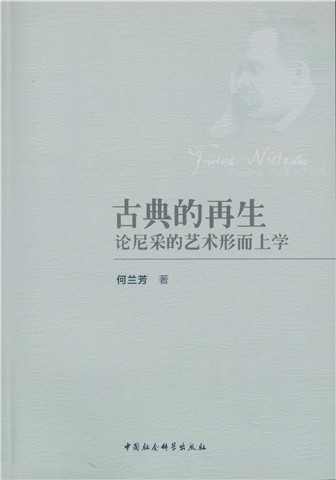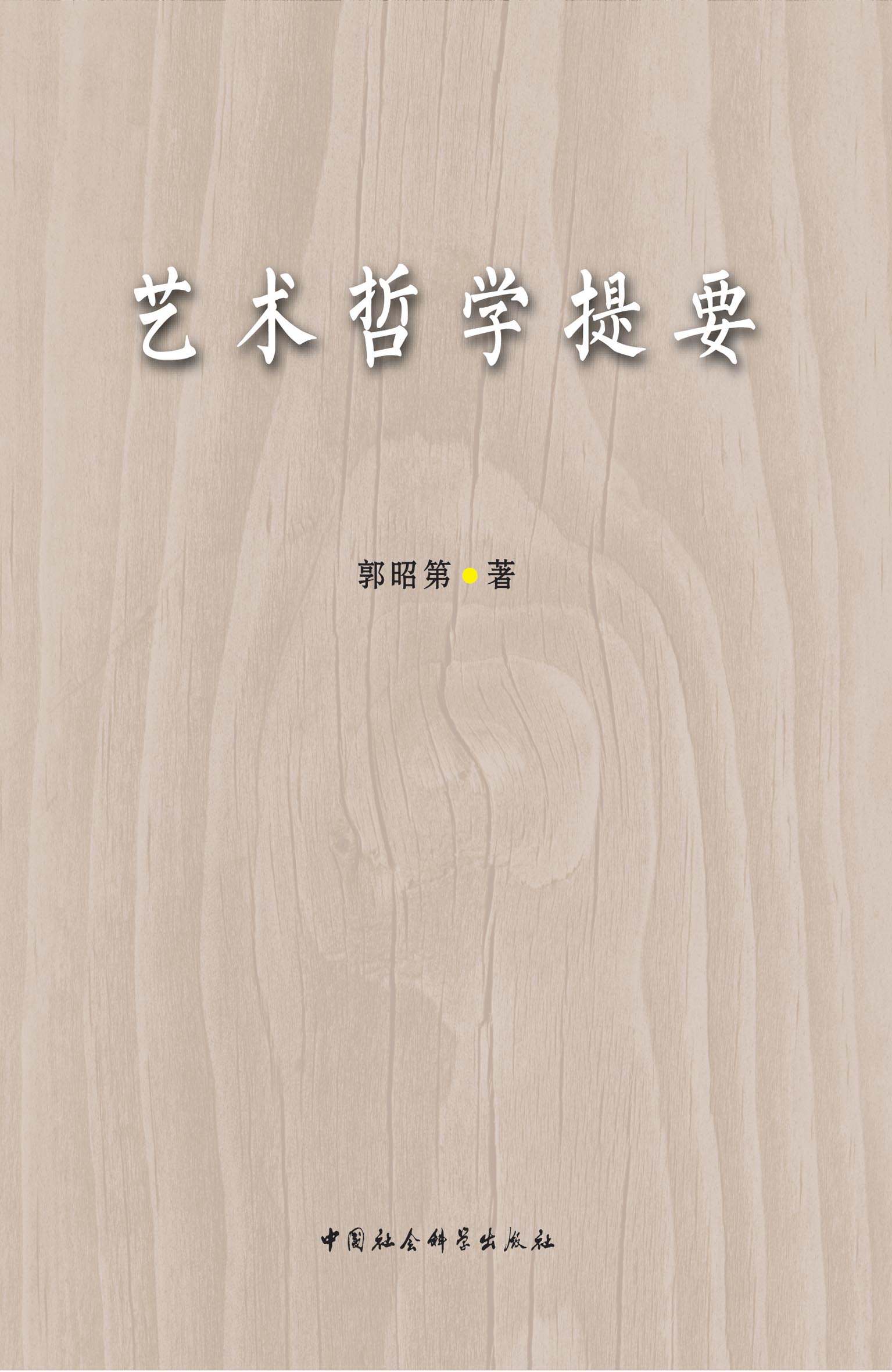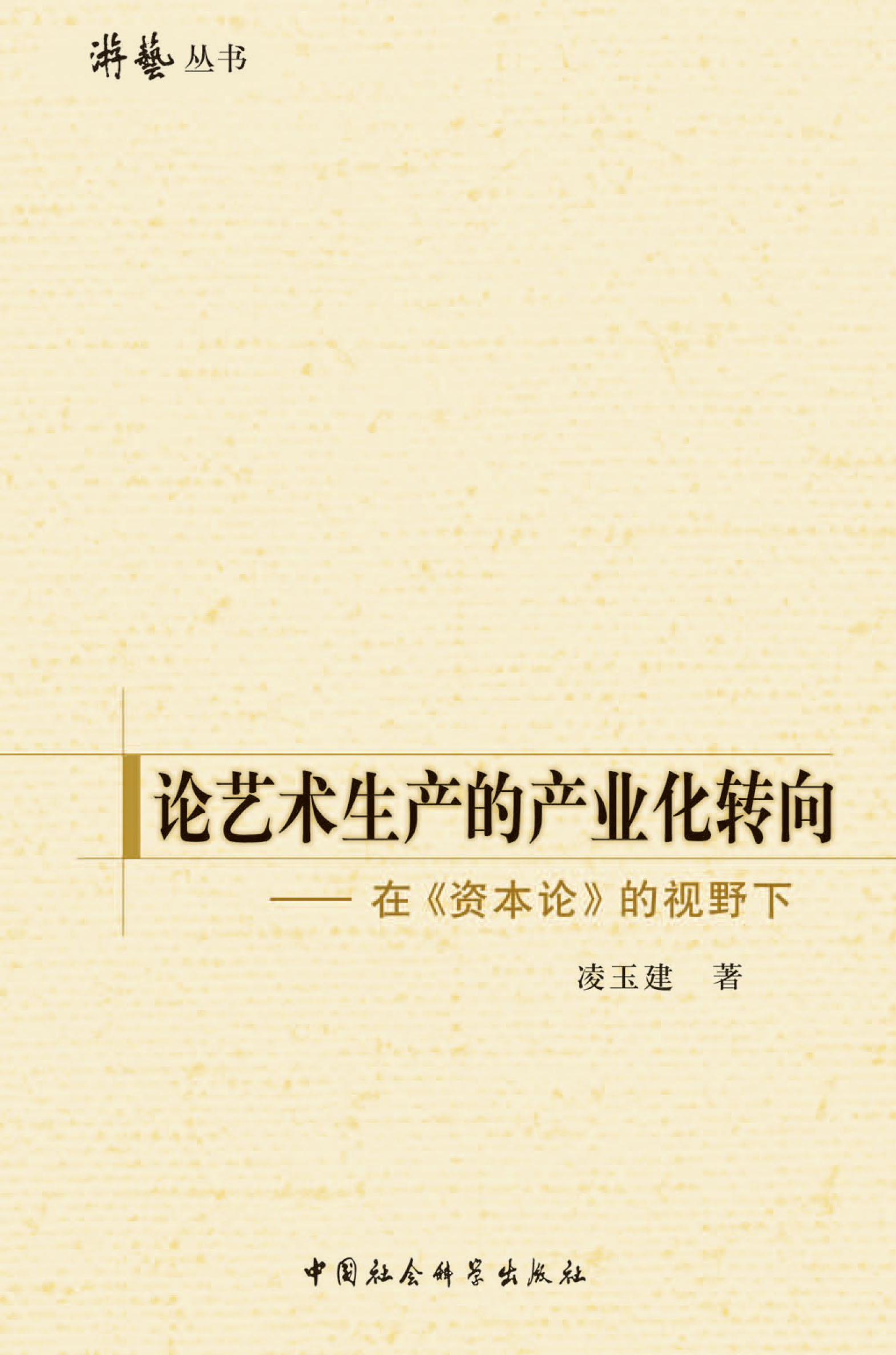内容简介
作者简介
目录
AbstractSusanne Katherina Langer(1895—1985)was a famous American philosopher and art theorist,as well as a successful female esthetician.She developed Ernst Cassirer’s Theory of human cultural symbols and regarded art as the creation of forms symbolic of human feeling from the aspect of new symbolic theory.These principles were applied to various art fields and finally formed a system of symbol aesthetics.Thus,she became the epitomizer and terminator of symbol aesthetics.“Living form”,which was proposed in Feeling and Form for the first time and interpreted in chapters in Art Problem and Mind:An Essay on Human Feeling,is a key conception in her theory.According to her conception of living form,we find that she defines the essence of art as“logic form similar to basic life form”,instead of“symbol”,“feeling form”and“life projection”.Though she was identified as the founder of symbol aesthetics,she uses“living form”as the key conception in her art philosophy.It is applied to each part of her art philosophy and answers questions of each partof her art philosophy.Thus,she proves that“art is a form of life”.As a bond that join human life and art form,on the one hand,her theory defines the nature of“art express life”by stressing that art express and project human feelings and inner life.But on the other hand,it sees art as an organic“living form”and concentrates on the special aesthetic value of art form.Through this bond,human feelings reality,living form and art are closely connected.Thus,“living form”shows rich connotation of Langer’s art theory to us and is a new key to it.Her theory breaks the shackles of dualism of feeling and form and integrates the opposites in conception of“living form”.This is a new perspective to understand the relationship of life and art,aswell as the nature of art.From the angle of“living form”concept,this dissertation integrates other art theories of Langer and constructs“living form theory”of Langer.Furthermore,it compares Langer’s theory with“vivid”theory of Chinese art and summarizes the life connotation of art aswell as the relationship of life and art,so as to introduce a new understanding of art nature,which regards art as a form of life.In conclusion,it examines the art education in China and introduces the art education idea of“back to the root of life”.Key words:Susanne Katherina Langer,living form,vivid form,art education
全部显示∨
包玉姣,1979年出生于湖南祁阳。2000年毕业于湖南师范大学教育科学学院,获学士学位;2003年毕业于湖南师范大学音乐学院,获硕士学位;2011年毕业于南京师范大学教育科学学院美育学专业,获博士学位。2003年至今,就职于广州大学教育学院,现为学前教育系副教授,研究方向为美学理论、儿童审美与艺术教育。
引言一 问题之源
二 研究之因(一)苏珊·朗格符号美学的研究现状
(二)西方对艺术“生命形式”的相关研究
三 研究之脉
第一章 苏珊·朗格艺术生命形式理论的土壤及源泉一 朗格的生平和著述
二 朗格艺术符号美学思想简介及来源(一)怀特海的逻辑符号论
(二)卡西尔的人类文化符号论
三 西方生命形式理论的发展脉络(一)西方哲学家对于艺术“生命形式”的相关论述
(二)西方生命美学对艺术“生命形式”理论的影响
小结
第二章 艺术是一种符号一 艺术即是一种符号
二 艺术是一种表现性(表象性)符号
三 艺术符号与艺术中的符号
四 艺术符号的创作过程——艺术抽象
五 幻象化——艺术抽象的关键
小结
第三章 艺术是生命的投射一 艺术是情感的形式
二 情感与生命的关系
三 艺术是对生命的投射
小结
第四章 艺术自身是一种生命形式一 生命形式的内涵
二 艺术作为生命的一种逻辑形式
三 生命形式的意味
四 直觉把握生命意味的形式
小结
第五章 中国艺术的“气韵生动”形式理论一 中国哲学即生命哲学
二 中国艺术是对天地生命精神的表现(一)艺术家内在生命精神的写照
(二)天地生命精神的颂扬
(三)天地生命精神即是“和”的精神
三 中国艺术是一种“气韵生动”的形式(一)气韵生动之内涵
(二)“气韵生动”之原理
四 观照—体味—妙悟的审美感知方式(一)观照
(二)体味
(三)妙悟
小结
第六章 回归生命之根的艺术教育一 艺术教育为何要回归生命之根
二 对几种艺术教育理论的反思(一)艺术工具论的艺术教育观
(二)艺术本位论的艺术教育观
三 朗格的生命形式理论对艺术的教育的启示——回归生命之根(一)关于艺术创造——艺术“生命形式”的自然“生成”
(二)关于艺术欣赏——生命与“生命”之间的“对话”
小结





